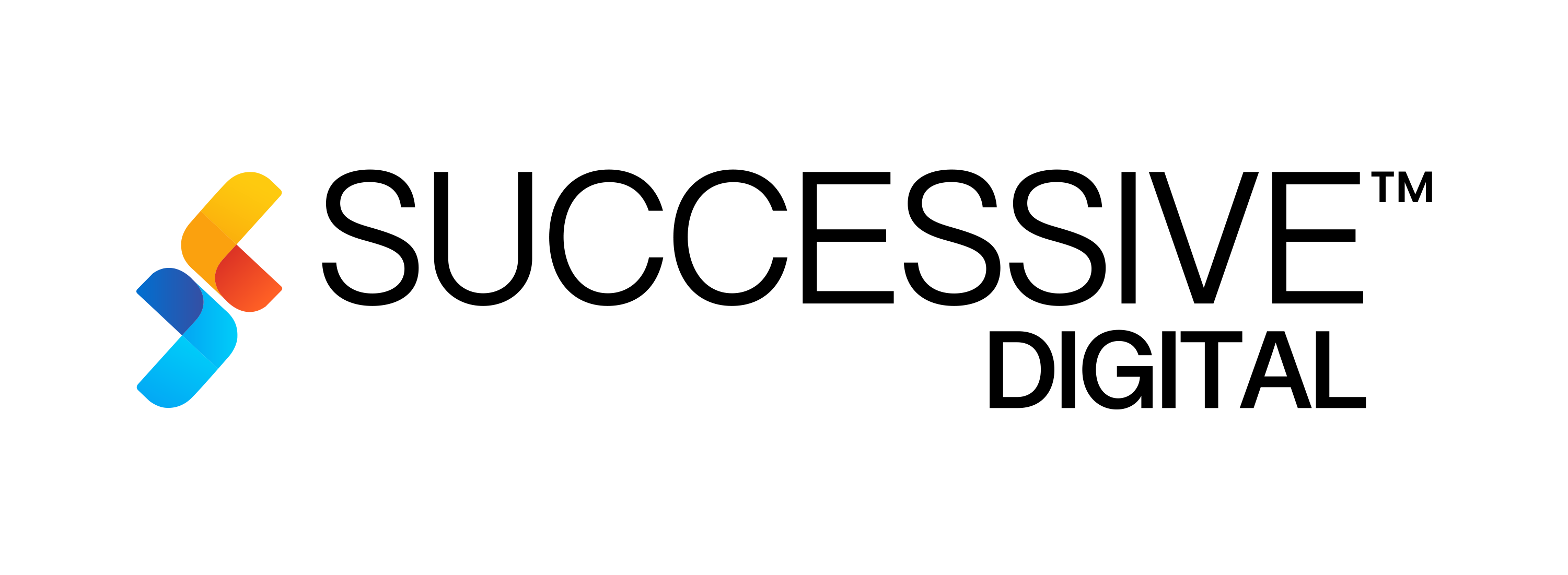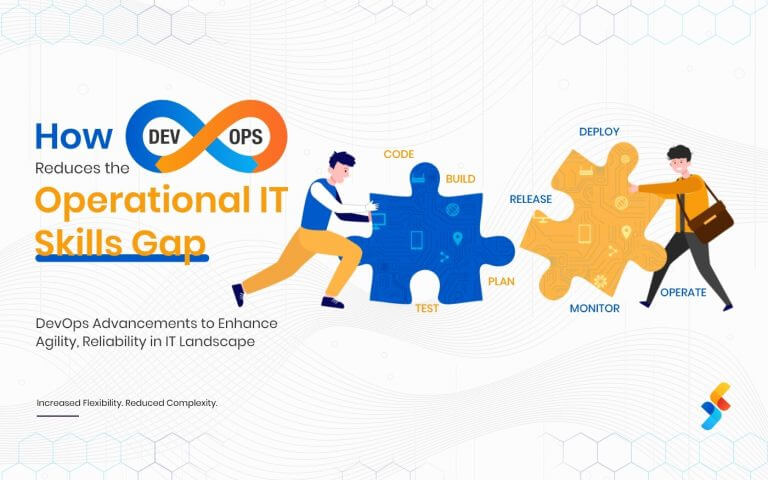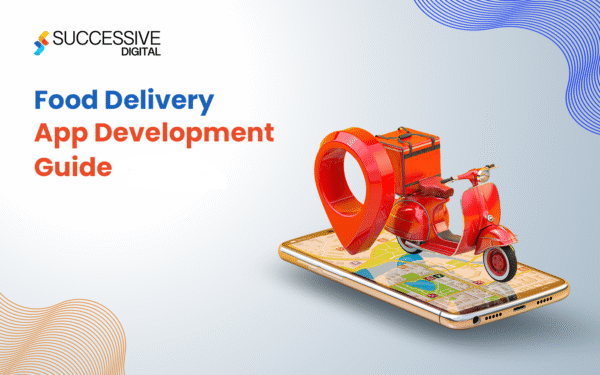Bill Gates once said, “Technology has the power to transform the world.” It means transformation is unfolding every day as new innovations emerge.
The struggle to have the best technology is such that businesses are always on the lookout for new ways to surpass their competitors. In the race to build a result-driven digital transformation strategy, businesses and every leading mobile app development company are turning toward AR and VR technologies. These immersive innovations are reshaping customer interactions, driving customer experience transformation, and unlocking new competitive advantages.
These technologies are reshaping the ways organizations communicate with their customers. The use of AR and VR mobile app development tools presents a great way to open up new possibilities for the business to grow. In this article, we will discuss the impact of augmented reality and virtual reality technology in mobile applications and how it can be efficient for businesses in different industries. First, let’s begin with learning what AR and VR actually mean.
What is AR and VR Technology?
AR and VR are technological innovations build to create highly engaging and interactive user-experiences.
Augmented Reality (AR) adds virtual components to the real-world environment, enhancing it more with extra digital data. AR merges computer-generated images, audio, and other sensory inputs with the user’s real-world view. It allows users to interact with virtual objects in the physical world. AR can be experienced through a mobile device, a wearable device, or a heads-up display.
Virtual Reality (VR) creates a simulated digital world which looks so real that completely immerse the users. Generally, VR headsets with motion tracking are mounted on the head and cover the eyes. Sometimes, the device also includes features like hand controllers or spatial sensors to help users interact with the virtual environment. Such features make users feel as though they are actually present in the virtual world, allowing them to explore and interact with the digital world for an immersive experience.
AR and VR development technology have the potential to change healthcare, education, architecture, and the entertainment industries similarly by providing unique and immersive experiences that go beyond the traditional media formats. As a result, they create lots of new opportunities for communication, and interaction, ultimately driving better customer experience transformation.
AR/VR Mobile App Development Market: Key Insights
With the increased usage of AR/VR technologies in different industries, the global augmented reality/virtual reality space is expanding at a fast pace. As per Statista, the AR/VR industry is estimated to be worth 3.8 billion USD by 2030, with a CAGR 10.27% Such a rise shows the extent to which AR and VR are becoming part of mobile apps in various industries, like retail, healthcare, entertainment, and education.
The Data for the mobile AR/VR app development market shows that this industry has a potential growth for its usage because of the increasing number of mobile subscriptions and the development of smartphones and their capabilities. As an example, the total number of worldwide smartphone users in 2021 was 7.41 billion USD, which is a figure that keeps growing.
Thanks to the ever-improving smartphone, an AR or VR app is now much easier to accept for a mobile app development company or a consumer.
Partnering with a skilled Augmented Reality development company allows organizations to unlock custom AR features, improve integration with mobile platforms, and build future-ready applications.
Also Read: Immersive Experiences: A Comprehensive Guide to Virtual World
Benefits of AR/VR Technology in Mobile App Development
AR/VR technology transforms mobile app development by creating immersive, interactive user experiences that boost engagement and retention. It also empowers businesses to deliver more personalized, real-time, and visually rich solutions that stand out in a competitive digital landscape.
1. Immersive User Experiences
What used to be a fixed view of a screen is now a dynamic 3D world that is very much real and reactive due to the AR/VR technology. Consumers are given the ability to interact with virtual objects, explore digital rooms, and even experience some real-time events as if they have physically arrived there. Such an immersive customer experience transformation not only makes the app memorable but also increases engagement.
2. Enhanced Customer Engagement
Consumers find it more exciting to interact with AR filters, virtual try-ons, 3D product previews, and immersive storytelling that keeps them engaged for a longer period as compared to the usual 2D app interfaces. These interactive touchpoints play a strong role in any effective digital transformation strategy. They attract consumers, engage them through repeated interactions, increase session times and eventually improve user retention.
3. Better Personalization
By understanding the user context such as location, preferences, or physical environment, AR/VR applications have the capability to deliver highly personalized experiences. For instance, this could be tailored product recommendation, a virtual reality that changes according to the user’s requirement, or an interactive tutorial designed just for the individual user.
Working with a proficient augmented reality development company can help in making these personalization features more powerful as they can deploy cutting-edge AR/VR frameworks and gain useful user data insights. With the increasing demand for VR development in enterprise and consumer apps, businesses can now deliver highly immersive and personalized experiences that outperform traditional mobile interfaces.
4. Competitive Differentiation
By including AR/VR functionalities, an app becomes a modern and forward-thinking tool. Businesses can set themselves apart with unique experiences which most conventional apps are unable to offer, helping them lure tech-savvy customers and improve their brand image.
5. Improved Learning and Training
AR/VR enables simulation-based learning where users can practice skills, explore concepts, or interact with detailed visual explanations. From medical procedures to industrial equipment training, these risk-free virtual environments are what make the rise of such technologies inevitable.
6. Higher Conversion Rates
Consumers are more likely to take a risk on a purchase when they have the chance to digitally interact with the product in question. A virtual try-on, a product placement in one’s room, or a functionality test are all examples of such interactions.
As a result, this leads to an increase in purchase intention, a decrease in product returns, and an increment in conversion rates, especially when supported by a mobile app development company that is proficient in creating high-performing AR/VR experiences.
7. No-Hassle Remote Cooperation
Augmented and virtual reality-based applications enable real-time collaborations in which participants can jointly inspect models, mark up items, or navigate a shared digital environment. This communication enhancement is vital for industries like real estate, engineering, education, and support teams working from different locations.
8. Reduced Development Risk
Developers can create and test interactive prototypes within AR/VR settings before finalizing features. Collaborating with a reliable virtual reality and augmented reality development company makes this work flow more streamlined, thus allowing the teams to locate usability issues at an early stage, reduce the costs of redevelopment, and increase the time-to-market.
9. Future-Ready App Ecosystem
In order to keep mobile apps stay aligned with the latest trends and next wearable technology, AR/VR features are necessary. Using AR/VR development allows you to comfortably move to future platforms while still being relevant in the long run.
Also Read: A Guide to Augmented Reality Navigation App Development
Real-Life Examples of Top Brands Integrating AR/VR in Mobile App Development
Top brands are using AR and VR for virtual try-ons, immersive training, and enhanced navigation. These examples show how immersive tech is redefining mobile app experiences.
-
IKEA’s Use of AR/VR
IKEA took customer experience transformation strategy to another level by launching an Augmented reality app called IKEA Place. This app would enable customers to make their orders to place their furniture items first in their homes. It means that through the use of this AR technology, consumers can check the fit and appearance of various pieces of furniture in their homes,addressing most of the issues caused by doubts of size, style, and compatibility with the existing décor.
-
L’Oreal’s AR Application
At present, L’Oreal is a pioneer in using augmented reality in the beauty industry with its Makeup Genius App. This augmented reality app allows customers to try makeup products virtually as it allows users to apply the chosen products to their face through a mobile device. Customers can try different shades of lipsticks, eyeshadows, foundations, and so on., virtually. What makes it wonderful is that with L’Oreal’s app, there is no guessing which makeup to choose, something that customers dislike when shopping physically.
-
Walmart’s Use of VR for Training
Another example where VR has been employed is at Walmart. The giant retailer is utilizing this technology to train employees in handling virtual customers. As a result, new employees as well as the old ones are encouraged to work in virtual scenarios that allow one to handle various customer situations. By creating these lifelike located worlds, Walmart is strengthening its digital transformation strategy, ensuring employees are better prepared to prevent disastrous scenarios in the real world.
-
AR in the Automotive Industry
The automotive industry is one of the sectors which is advancing with AR to enhance their customers’ buying experience. Leading car manufacturers like Audi and BMW have AR-driven experiences to demonstrate intricate models of their cars so that possible buyers can check out the features without actually being next to the car. In fact, this real-time, user-controlled method gives consumers the opportunity to go through the interiors, safety features, and technological updates by simply using a smartphone or AR wearable device.
Bottom Line
The rise in the development of applications employing augmented reality (AR) and virtual reality (VR) has brought in a major change in the digital and innovation landscapes. These immersive technologies permit the industries to provide the users with a richer experience, improved engagement, and easy integration with the real world. Although there are a few bumps on the road, the near future is still shining with a plethora of rapid mobile app innovations and a massive adoption of AR and VR. AR and VR are becoming essential tools for driving customer experience transformation across industries.
Successive Digital, a trusted mobile app development company, is the perfect partner that supports you in using the full potential of AR and VR to create the most influential, future-oriented apps.
Would you like to revamp your app with the help of immersive technology? Get in touch with our experts right away.












